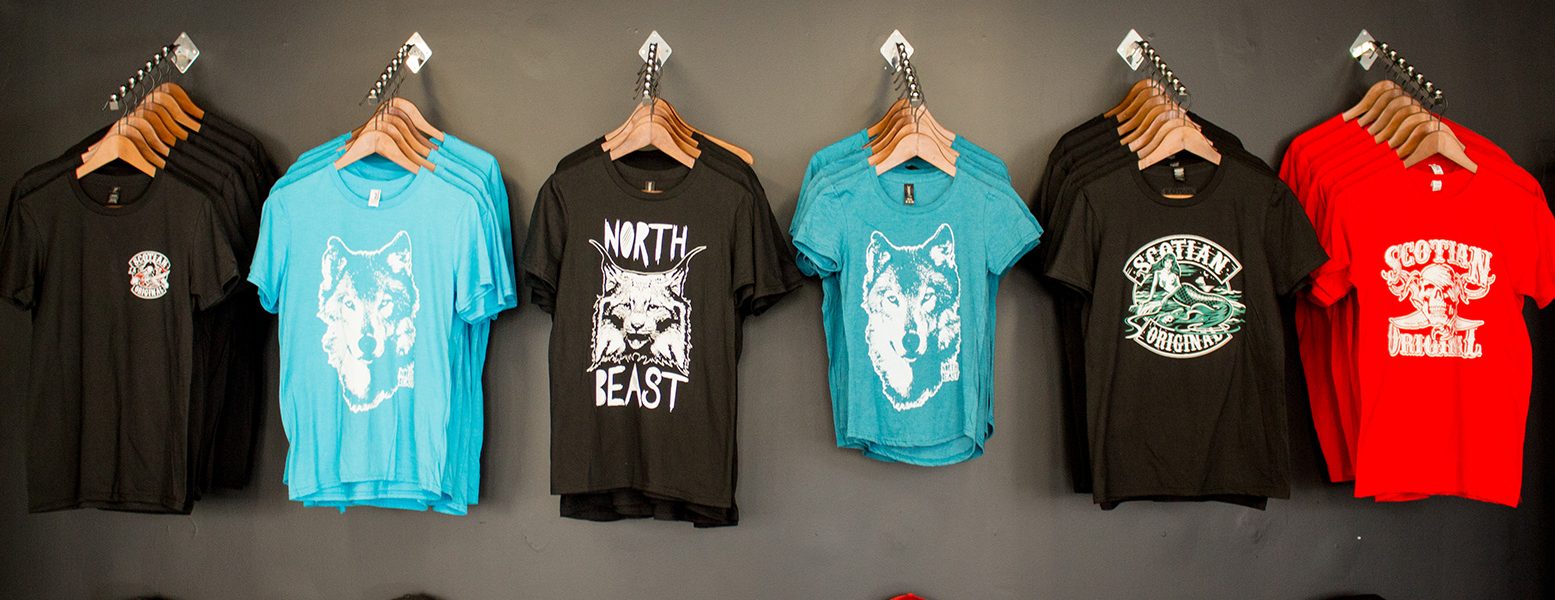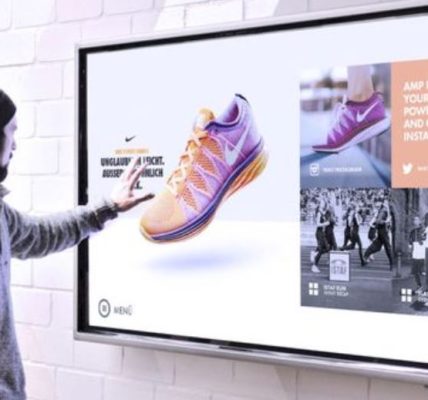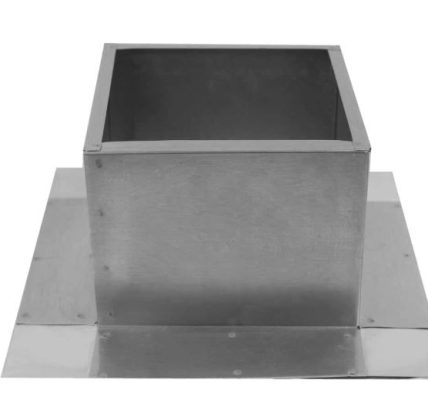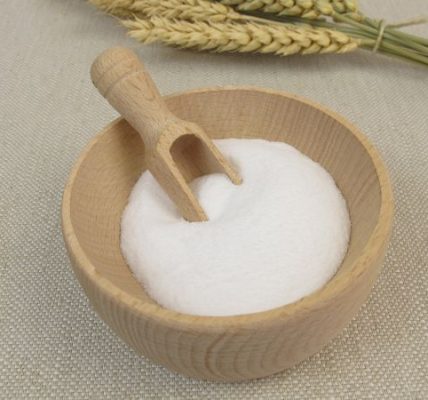When it comes to custom shirt printing, selecting the right method can significantly impact the quality, durability, and overall aesthetic of the final product. With various techniques available, each offering unique advantages and drawbacks, it’s crucial to understand which method is the most usable and best suited for different needs. As we are a t shirt printing company so in this article we will explore the main custom shirt printing methods, including screen printing, direct-to-garment (DTG) printing, heat transfer printing, and sublimation printing, to determine which is the most usable and best.
Screen Printing
Screen printing, also known as silk screening, is one of the oldest and most popular methods of custom shirt printing. It involves creating a stencil (screen) and using it to apply layers of ink on the printing surface.
Advantages:
- Durability: Screen prints are highly durable and can withstand numerous washes without fading or cracking.
- Vibrant Colors: This method is excellent for producing vibrant and opaque colors, especially on dark fabrics.
- Cost-Effective for Large Orders: Once the screens are set up, the cost per shirt decreases significantly with larger quantities, making it ideal for bulk orders.
Drawbacks:
- Setup Time and Cost: The initial setup of screens can be time-consuming and costly, particularly for multi-color designs.
- Limited Detail: Fine details and intricate designs may not translate as well in screen printing, especially with higher mesh screens.
- Not Ideal for Small Runs: Due to the setup process, screen printing is less economical for small orders or one-off prints.
Best For:
- Bulk orders such as team uniforms, promotional merchandise, and large-scale events.
- Designs with solid colors and fewer details.
Direct-to-Garment (DTG) Printing
DTG printing involves using a specialized inkjet printer to apply water-based inks directly onto the fabric. This method is similar to how a desktop printer works, but for textiles.
Advantages:
- High Detail: DTG is capable of producing high-resolution prints with intricate details and a wide color range, making it ideal for complex designs and photographic images.
- No Minimum Orders: This method is cost-effective for small orders and one-off prints since there is no need for screen setup.
- Soft Feel: The inks used in DTG printing are absorbed into the fabric, resulting in a soft, smooth feel that is less noticeable to the touch.
Drawbacks:
- Less Durable: DTG prints may not be as durable as screen prints, especially on dark fabrics, and can fade over time with frequent washing.
- Slower Production: The printing process is slower compared to screen printing, making it less efficient for large orders.
- Fabric Limitations: DTG works best on 100% cotton fabrics. Blends and other materials may not yield optimal results.
Best For:
- Small orders, custom designs, and detailed artwork.
- Personalized gifts, limited edition runs, and sample production.
Heat Transfer Printing
Heat transfer printing involves transferring a design from a special transfer paper to the shirt using heat and pressure. There are two main types of heat transfer printing: vinyl transfers and digital transfers.
Advantages:
- Versatility: Can be used on various fabrics and materials, including cotton, polyester, and blends.
- Full-Color Designs: Capable of producing full-color, high-resolution images, including photographs.
- Quick Setup: Minimal setup time and costs compared to screen printing.
Drawbacks:
- Durability: Heat transfer prints may not be as durable as screen prints and can crack or peel over time, especially if not applied correctly.
- Feel: The transfer can leave a noticeable layer on the fabric, which may not be as soft as DTG or screen prints.
- Not Ideal for Large Orders: While setup is quick, the process itself can be time-consuming for large quantities.
Best For:
- Short runs and custom orders, especially those requiring full-color prints.
- Events, promotional items, and customized gifts.
Sublimation Printing
Sublimation printing involves using heat to transfer dye onto materials, typically polyester or polyester-coated fabrics. The dye turns into gas and embeds into the fibers, resulting in a permanent print.
Advantages:
- Permanent Prints: Sublimation prints are highly durable and won’t crack, fade, or peel over time.
- Vibrant Colors: Produces vivid, full-color prints with excellent detail and color accuracy.
- Soft Feel: The print is embedded in the fabric, leaving no additional layer or texture.
Drawbacks:
- Fabric Limitations: Only works on polyester fabrics or garments with a high polyester content.
- Cost: Can be more expensive due to the need for special inks and materials.
- Not Ideal for Dark Fabrics: Sublimation works best on white or light-colored fabrics as the dyes are transparent.
Best For:
- Polyester apparel, sportswear, and activewear.
- Custom designs requiring vibrant, full-color prints.
Determining the Best Method
Usability:
- Screen Printing: Best for large orders due to its cost-effectiveness and durability. Suitable for simpler designs with fewer colors.
- DTG Printing: Excellent for small orders, intricate designs, and one-off prints. Offers high detail and color range.
- Heat Transfer Printing: Versatile and quick for short runs. Ideal for full-color designs but less durable.
- Sublimation Printing: Best for polyester fabrics, offering permanent prints and vibrant colors. Not suitable for dark fabrics or non-polyester materials.
Overall Best: When considering the overall best method, screen printing often stands out for its balance of cost, durability, and print quality, especially for bulk orders. However, the choice of the best method ultimately depends on specific needs:
- For bulk orders and designs with fewer colors, screen printing is the most economical and durable.
- For high-detail and small orders, DTG printing is preferable due to its ability to handle complex designs without extensive setup.
- For customization and versatility, especially for full-color prints, heat transfer printing is a great option.
- For polyester garments and vibrant, durable prints, sublimation printing is unmatched.
Conclusion
The best custom shirt printing method varies based on the project’s specific requirements, including order size, design complexity, fabric type, and budget. Screen printing remains the most usable and widely applied method due to its cost-effectiveness and durability for large orders. However, for intricate designs and smaller batches, DTG printing, heat transfer, and sublimation each offer unique advantages that make them the best choices for particular applications. Understanding the strengths and limitations of each method allows for informed decision-making to achieve the highest quality custom printed shirts.





